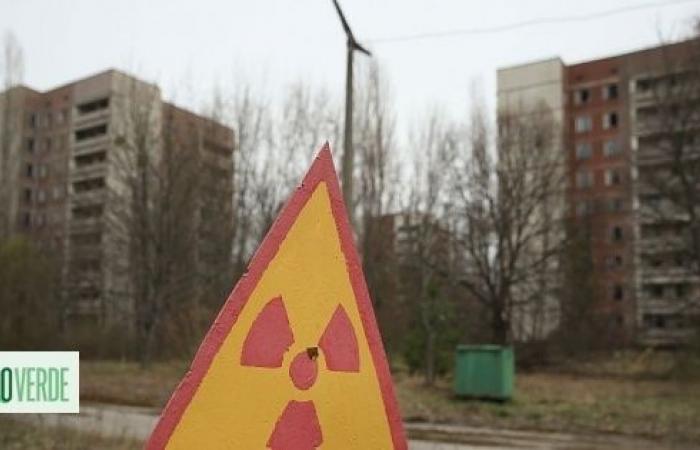
A study published in the journal Proceedings of the National Academy of Sciences, carried out by a group of scientists from New York University, almost four decades after the world’s biggest nuclear disaster, yielded surprising results: a set of microscopic-sized worms that inhabited the Chernobyl Exclusion Zone, subject to laboratory analysis, showed resistance to the effects of radiation.
After the disastrous meltdown on April 26, 1986, at the Chernobyl nuclear power plant in Ukraine, the most affected area was declared a no-access area – the Chernobyl Exclusion Zone. The region, covering almost 2,700 square kilometers within a 30 km radius of the plant, became one of the most radioactive places in the world: it released 400 times more radiation into the atmosphere than the bomb dropped on Hiroshima.
In 2019, the group of scientists visited the Chernobyl Exclusion Zone with the aim of collecting microscopic worms, of the species Oscheius tipulae, who lived in areas of high and low radiation. Based on their analysis, they concluded that the complete set of genes that make up the worm organism was not affected, despite exposure to radiation. In fact, nematodes – small worms – are managing to develop despite excessive radiation levels.
According to the researchers, the worms’ resilience challenged previous predictions about the impacts of radiation on organisms and paved the way for future studies on DNA repair mechanisms and adaptation to hostile environments.
Scientists sequenced the genomes of 15 nematodes from the Chernobyl Exclusion Zone that had been exposed to different levels of radiation and compared them with five from other parts of the world. The results show that no signs of radiation damage were found in the Exclusion Zone worms, contrary to studies carried out on other animals, such as frogs, which suffered physical changes after being exposed to Chernobyl radiation. This discovery suggests that these organisms have highly efficient DNA repair mechanisms that allow them to survive in environments with extreme radioactivity.
Upon obtaining these results, the researchers questioned whether this was simply the case for nematodes to be particularly skilled at repairing their DNA. To obtain an answer to this question, they stimulated the reproduction of 20 worms in a laboratory environment and tested their offspring’s exposure to chemicals that damage DNA. Different lineages differed in how they were able to resist DNA mutation in the face of chemicals. However, researchers have not established any correlation between resistance to DNA damage and the levels of radiation to which their ancestors were exposed.
The results suggest that Chernobyl worms are not “necessarily more tolerant to radiation and the radioactive landscape did not force them to evolve.” However, scientists believe that this study could be a major contribution to making significant advances in science and that it could provide information for cancer research in humans.
Study lead author Sophia Tintori said: “We don’t know how long each of the worms we collected remained in the Zone, so we can’t be sure of the level of exposure each worm and its ancestors received over the past four decades.” And she adds the following explanation: This doesn’t mean that Chernobyl is safe – it more likely means that nematodes are really hardy animals and can withstand extreme conditions.”
Tags: Worms immune Chernobyl radiation animals challenge science provide clues cancer research





